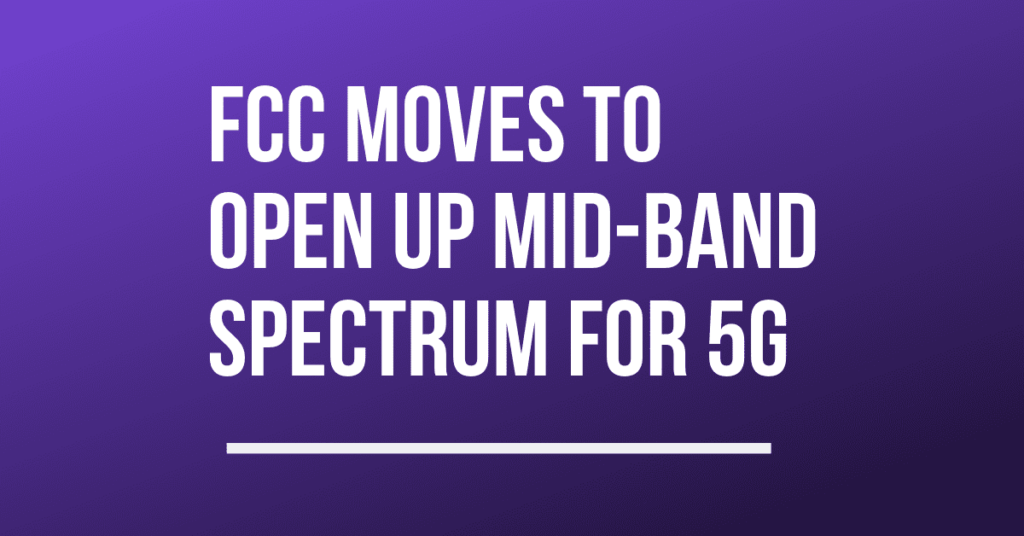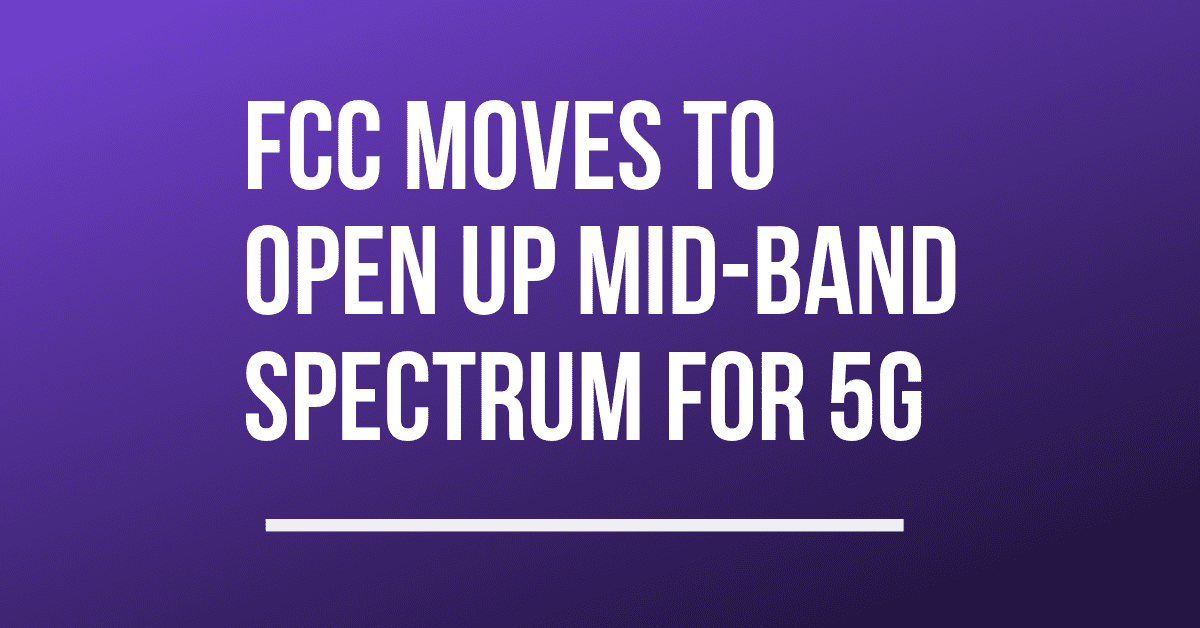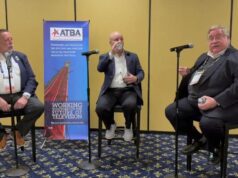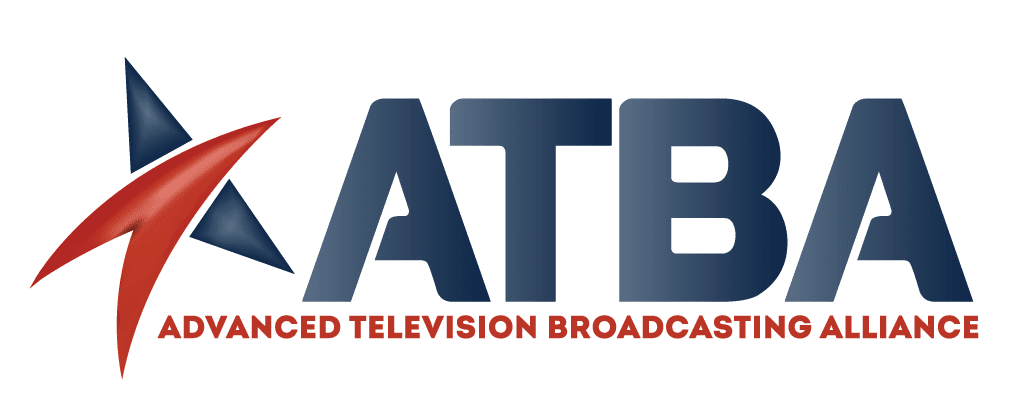
All four Tier 1 U.S. carriers are offering a mobile 5G service in parts of select markets. Of those four, AT&T, T-Mobile US and Verizon are all using high-frequency millimeter wave spectrum; Sprint is using its 2.5 GHz portfolio, which covers more than 100 metro areas. While the current focus is on millimeter wave deployment, there’s consensus in the industry that 5G will require a low-, mid- and high-band approach to provide coverage and capacity.
This week the U.S. Federal Communications Commission voted to open up the 2.5 GHz band for mobile services. The FCC has proactively made available huge chunks of millimeter wave frequencies, including through a recently wrapped auction of 24 GHz and 28 GHz licenses and is prepping for a December auction of 37 GHz, 39 GHz and 47 GHz licenses.
Noting that most global 5G deployments are centered on mid-band spectrum, FCC Commissioner Jessica Rosenworcel tweeted, “The rest of the world is focusing on mid-band spectrum to roll out 5G. But in the United States we are are focusing on high-band spectrum. We are choosing the wrong road in the race to 5G—and the United States is at serious risk of falling behind.”














